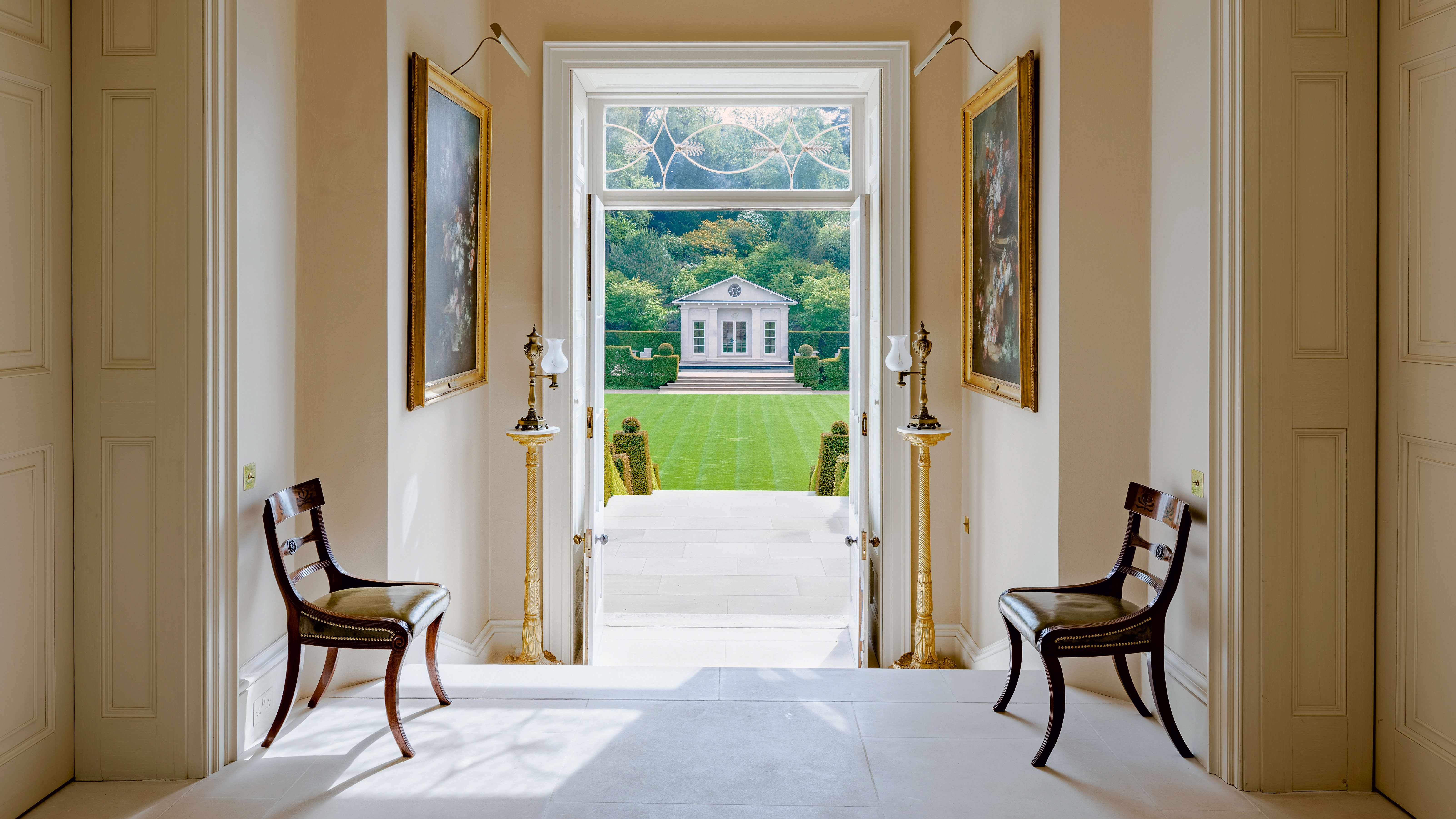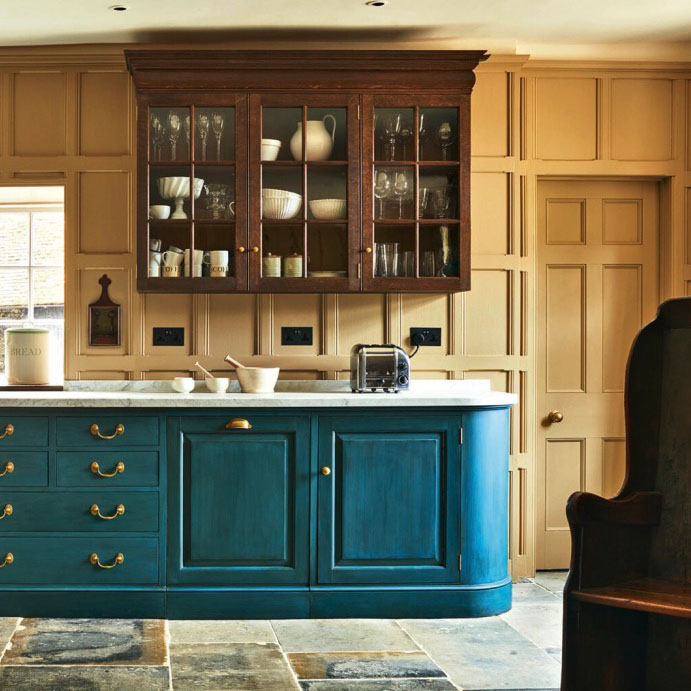The Country Life Top 100 2025: A triumph of timelessness, substance and longevity over throwaway style
Britain is blessed with a breadth and depth of expertise in creating beautiful homes in breathtaking settings. Each year, we shine a light on new and established talent – from architects and interior designers to garden designers and experts in restoration and construction – that makes the difference between ordinary and extraordinary.


In 1986, Alvilde Lees-Milne wrote The Englishman's Room, featuring photographs by Derry Moore of various artistic, literary and theatrical luminaries of the day, including Hardy Amies, Teddy Millington-Drake and Gavin Stamp. Four decades later, the spaces in which they posed look as freshly relevant to the early 21st century as they did to the late 20th. Back then, tastes in interior design moved at a more glacial pace than they do today. Choices of furniture, fabric brands and paint colours were much more limited; there were no websites, Instagram or Pinterest and fewer than half a dozen interiors magazines, compared with well over 20 today.
[LISTEN: Giles Kime on how the Top 100 is put together]
With this proliferation of ever-evolving choice there emerged a restless emphasis on trends, a concept that had previously been the preserve of the fashion industry. Of course, there had been twists and turns in prevailing taste, as demonstrated by the cartoonist and architectural historian Osbert Lancaster in his book Homes Sweet Homes published in 1939, illustrated with his caricatures of interior-design styles, from Hollywood Regency to Stockbroker Tudor. It was not until the 1990s that emerging interior-design styles were referred to in the press as Spring/Summer or Autumn/Winter, as fashion collections are.

It’s a shift that has encouraged an unhealthy sense of transience in a sphere where longevity should be a priority, rather than whims of fad and fashion. Encouraging consumers to believe that blue is the new black (or vice versa) and that certain styles are ‘in’ and others ‘out’ is at odds with the vital new emphasis on sustainable, long-lasting interiors. It might serve the balance sheets of manufacturers and retailers, but not those of the planet. Moreover, by anyone’s estimation, it’s also pretty fatuous.
This week, we publish our ninth list of the 100 architects, interior designers, garden designers and craftspeople we believe should be considered by anyone embarking on a building or restoration project.

They are practitioners who, regardless of their aesthetic sensibilities, have an evolved approach to their work driven by their experiences and instincts — and those of their clients — rather than by trends. In a digital world where we are subjected to an almost infinite array of influences, it’s easy to allow one’s judgements to fly with the wind. However, we hope that the examples of their work in this week’s issue demonstrate how a considered approach can create houses that are a triumph of timelessness, substance and longevity over throwaway style.
The Country Life Top 100 appears in the March 12, 2025 issue of Country Life; the full list will be live online on Friday, March 14.
Exquisite houses, the beauty of Nature, and how to get the most from your life, straight to your inbox.

